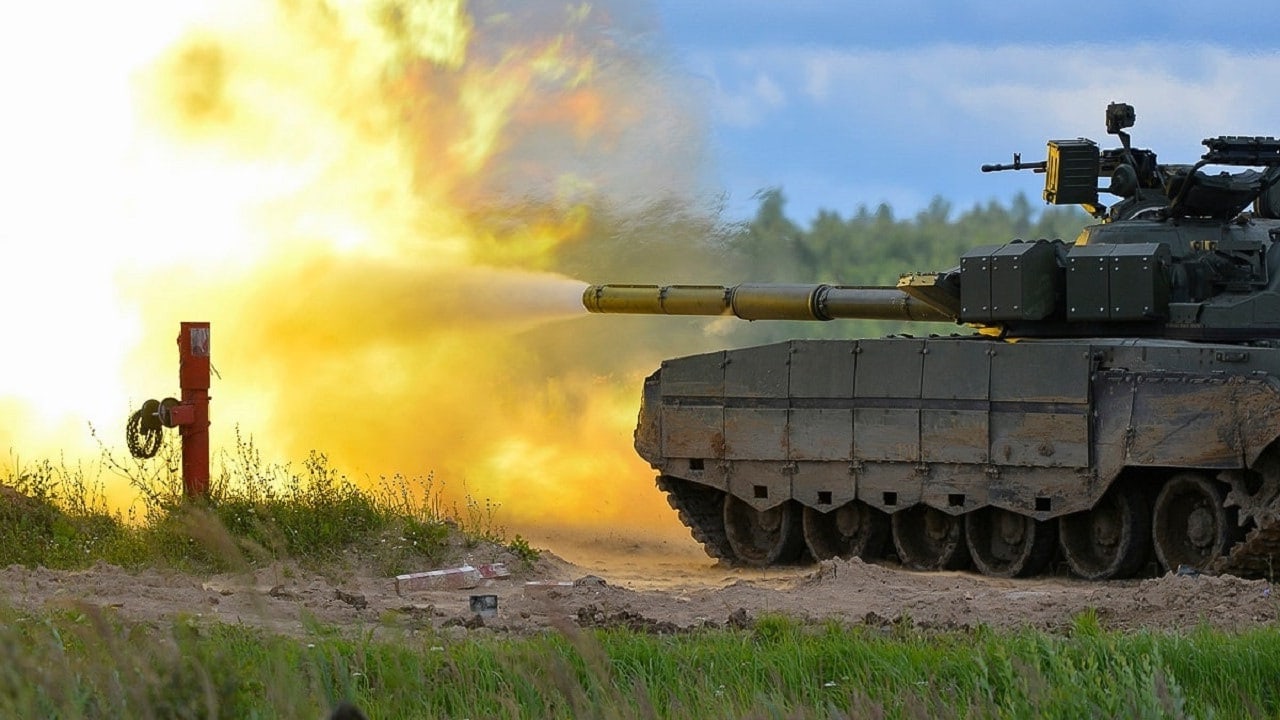On day 71 of the Russian invasion of Ukraine, the Russian military stormed the Azovstal steelworks plant in Mariupol. The last Ukrainian defenders are fighting a last stand in the ruins of the massive industrial complex.
A success in Mariupol would give Russian President Vladimir Putin a desperately wanted victory and something to celebrate in the annual May 9 Victory Day parade.
Fight in the East
The Russian military has failed to achieve a breakthrough in the Donbas. The Ukrainian forces are conducting adroit counterattacks, frustrating the Russian offensive operations. But the Russian military still maintains an artillery and long-range fires superiority, which it employs to push the Ukrainians back.
In its daily estimate of the war, the British Ministry of Defense assessed that the Russian military is using long-range fires to continue to strike targets across Ukraine, including clearly civilian targets. Those indiscriminate strikes are most likely intended to shake the resolve of the Ukrainian population and pressure the Ukrainian government to negotiate.
“Despite Russian ground operations focusing on eastern Ukraine, missile strikes continue across the country as Russia attempts to hamper Ukrainian resupply efforts. As Russian operations have faltered, non-military targets including schools, hospitals, residential properties and transport hubs have continued to be hit, indicating Russia’s willingness to target civilian infrastructure in an attempt to weaken Ukrainian resolve. The continued targeting of key cities such as Odessa, Kherson and Mariupol highlights their desire to fully control access to the Black Sea, which would enable them to control Ukraine’s sea lines of communication, negatively impacting their economy,” the British Ministry of Defense assessed.
The Ukrainian Ministry of Defense claimed that as of Thursday, Ukrainian forces have killed approximately 24,700 Russian troops (and wounded approximately thrice that number), destroyed 196 fighter, attack, and transport jets, 155 helicopters, 1,092 tanks, 499 artillery pieces, 2,651 armored personnel carriers, 169 Multiple Launch Rocket Systems (MLRS), 10 boats, 1,907 vehicles and fuel tanks, 81 anti-aircraft batteries, 312 unmanned aerial systems, 38 special equipment platforms, such as bridging vehicles, and four mobile Iskander ballistic missile systems, and 89 cruise missiles shot down by the Ukrainian air defenses.
Moscow is upping the pressure on Ukraine on other fronts too. In the North of Ukraine, the Belarussian military is starting its annual spring exercises. However, the Kremlin might use this as an opportunity to threaten Kyiv once more and tie-down Ukrainian forces around the capital.
According to the British Ministry of Defense, although Belarusian land forces have been observed deploying from their barracks to the field for their annual exercises, “this is in line with seasonal norms as Belarus enters the culmination of its Winter Training cycle in the month of May.”
“Russia will likely seek to inflate the threat posed to Ukraine by these exercises in order to fix Ukrainian forces in the North, preventing them from being committed to the battle for the Donbas. Deviation from normal exercise activity that could pose a threat to allies and partners is not currently anticipated,” the British Military Intelligence assessed.
From Soviet to NATO Weapons
When it comes to weapon systems, the Ukrainian military is slowly but steadily moving towards more modern platforms made in the West.
Much of the military aid sent to Ukraine was weaponry from the time of the Soviet Union. That was what the Ukrainians knew how to operate, having been themselves an integral part of the Soviet Empire. Such weapon systems included the T-72 main battle tank and spare parts for the MiG-29 Fulcrum air-superiority fighter jet.
But now, with the stocks of Soviet-made weapons dwindling, Kyiv is relying increasingly more on western armaments. The M-777 155mm Howitzer provided by the U.S., Canada, and the United Kingdom is a prime example of this.
“Stocks of Soviet-era weapons dwindle, but Russian aggression does not. This is why Ukraine shifts to modern equipment. Training is required, but we are fast learners. In fact, we learn to operate modern weapons faster than it takes some governments to decide upon providing them,” Ukrainian Foreign Minister Dmytro Kuleba said.
The outpouring of weapons systems to Ukraine continues. This week, British Prime Minister Boris Johnson announced another package of security aid worth $375 million and containing advanced anti-ship missiles, anti-aircraft vehicles, counter-artillery radars, and night vision devices.
1945’s New Defense and National Security Columnist, Stavros Atlamazoglou is a seasoned defense journalist specializing in special operations, a Hellenic Army veteran (national service with the 575th Marine Battalion and Army HQ), and a Johns Hopkins University graduate. His work has been featured in Business Insider, Sandboxx, and SOFREP.

